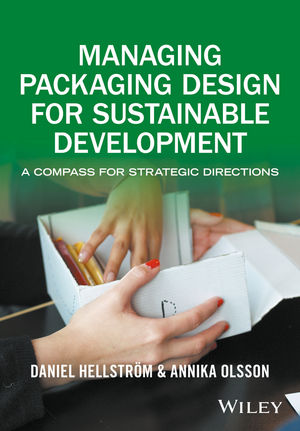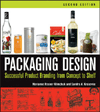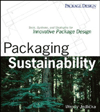6 Questions to Drive Conversations Around Sustainable Packaging Design

Sustainable packaging design must be handled on a case by case basis. From paper to plastic to foil, at the outset of every project, it’s critically important to take enough time to answer the right questions as they will help lay the groundwork for an effective design process. For example, here are a few to tackle right off the bat:
- Are there any preferred or unacceptable materials that need to be taken into consideration?
- What sustainability goals are you looking to hit related to corporate sustainability initiatives?
- Is the package intended (or have the opportunity) to be reused for alternative purposes?
As your brand establishes sustainability initiatives, does packaging design have an opportunity to play a larger role? To answer that question confidently, you’ll need to go to the source. The next time you connect with your packaging supplier, I encourage you to keep this list of questions within reach.
Can we use less?
It’s a big, broad question. It’s also a solid conversation starter for those brands in pursuit of more sustainable packaging design. Remember that using less doesn’t have to mean you’re compromising a package’s integrity or the end user’s experience. For example, as Amazon places an emphasis on its ship-in-own-container (SIOC) initiative, the e-commerce giant’s packaging design principles remain realistic:
- Design to reduce waste
- Use 100% recyclable materials
- Provide protection against damage
- Be easy to open
Can we improve the perception of sustainability by incorporating other materials?
Whether online or on the shelf, your package plays a leading role in the perception of sustainability. If you were to put plastic packaging up against a brown kraft paperboard container, to the common consumer eye, the kraft paperboard will generally be perceived as being more environmentally friendly.
If perception is an issue for your products, incorporating a new material into the overall packaging design may help as long as that mix of materials can continue together in the recycling stream.
Can we mix materials to create a smaller packaging footprint?
It might sound counterintuitive, but mixing materials can sometimes help decrease the total weight of a package. Again, the recycling stream has limitations as to what you can do and what materials you can combine.
When we consider a mix of materials, we’re also making sure that mix isn’t going to create a sustainability problem down the road after the package is used — e.g., gluing plastic or foam to a piece of paper and then suddenly it can't be recycled because there's no way to separate the two in the recycling stream.
Does a smaller package always translate to better sustainability?
Short answer: Not always. In some cases, we might design a package to be smaller, but in order to do that we have to maintain its strength by making the material a little thicker. When we talk to our clients about going smaller, we let them know this can require some give and take.
This move can certainly improve the perception of sustainability, but it may not do much in the way of actual sustainability. And while we’re talking about smaller footprints, take time to understand what’s available to you to make the most of it. Print embellishments (e.g., embossings and foils) can maintain a premium look, positively improve the perception of value all without demanding additional space while maintaining recyclability.
Do your sustainability efforts have a place in your product’s story?
A recent report revealed more than 60% of consumers go out of their way to recycle and purchase products in environmentally friendly packaging. There’s a good chance the suppliers you work with have a sustainability story of their own. Is there an opportunity there? Maybe new materials are emerging that enable your packaging converter to use less (energy, water, material, etc.) on the front end. That's an important story to associate with and share.
Has the pandemic influenced your approach to sustainable packaging design?
COVID-19 has presented a number of challenges in 2020. It’s also forced us to think inside the box as e-commerce growth continues to climb. A growing number of brands — I would go out on a limb and say consumers as well — are becoming less concerned about standing out on a shelf and more interested in what they can do inside of a package.
This post-purchase branding effect features simple exterior packaging focused on getting from point A to point B safely. The inside, however, is optimized with compelling graphics and informational inserts to create a more engaging experience.
An old concept that’s more important than ever
Going forward, brands must not only trust, but lean on their packaging converters to innovate, identify, and capture the sustainable design opportunities that lay ahead. According to McKinsey, this requires having three critical elements in place:
- A proven methodology to benchmark packaging products in terms of not only cost and convenience, but sustainability as well
- Understanding the full opportunity and value at stake across the product portfolio from increasing sustainability requirements
- Having the right partnerships in place to respond to consumer and customer packaging demands going forward
A GlobalWebIndex study found more than 60% of consumers say they’re likely to switch to a brand that is more environmentally friendly than their current brand. The clamor, expectation, demand, and need for sustainable packaging design is getting louder. You hear it. Does your supplier? Just ask.
Looking for a reprint of this article?
From high-res PDFs to custom plaques, order your copy today!







